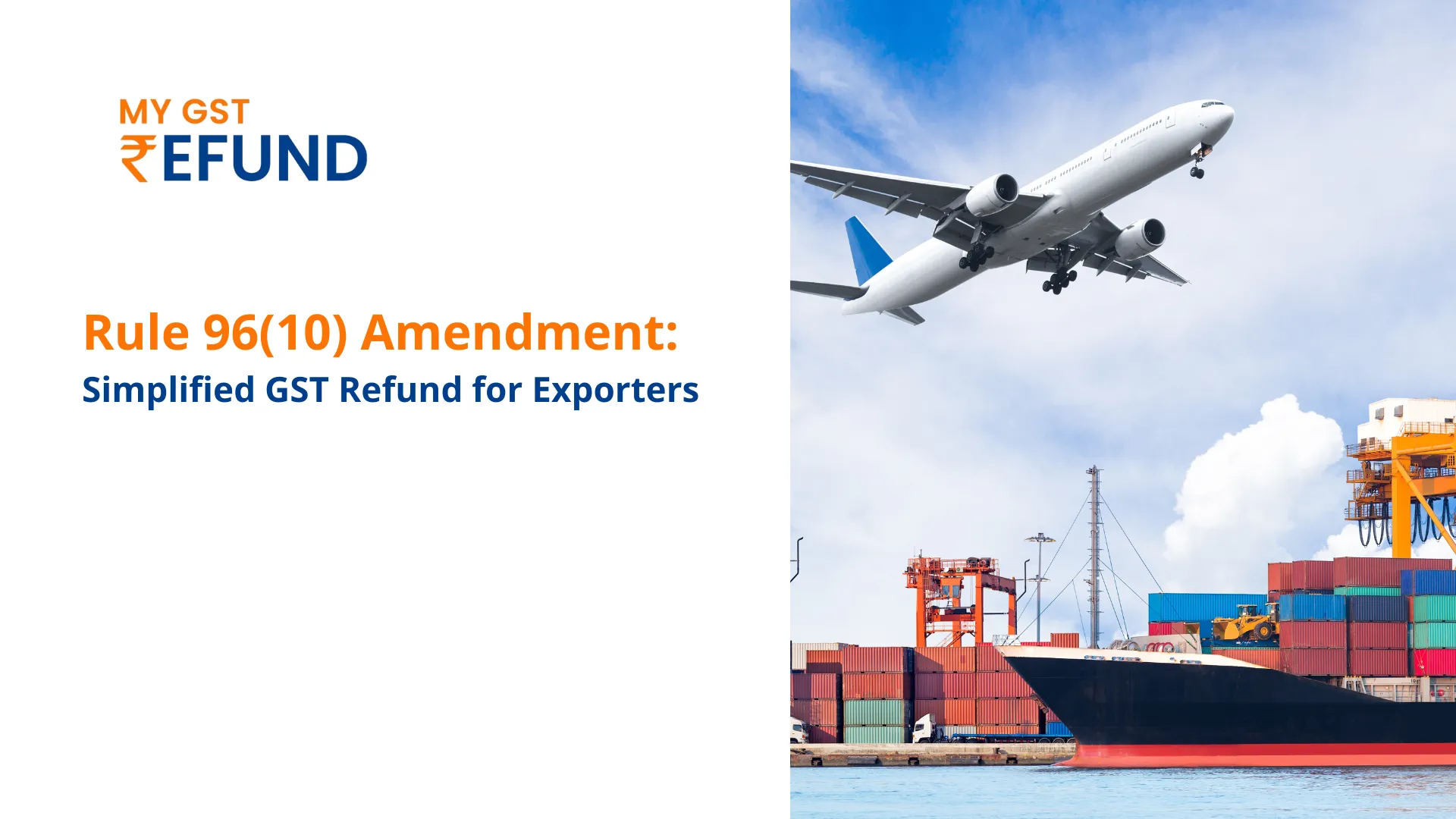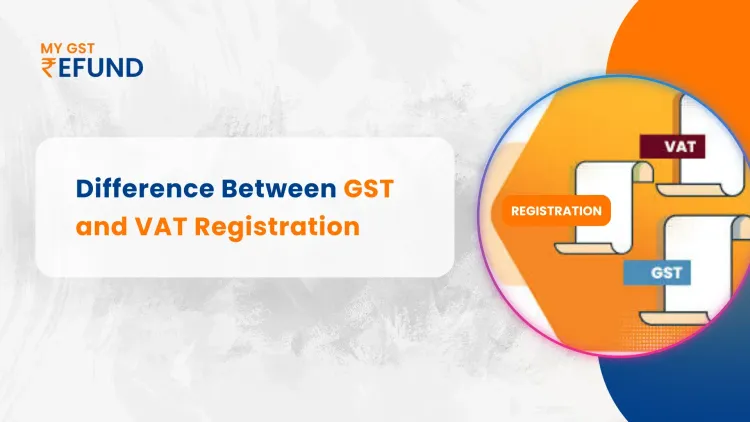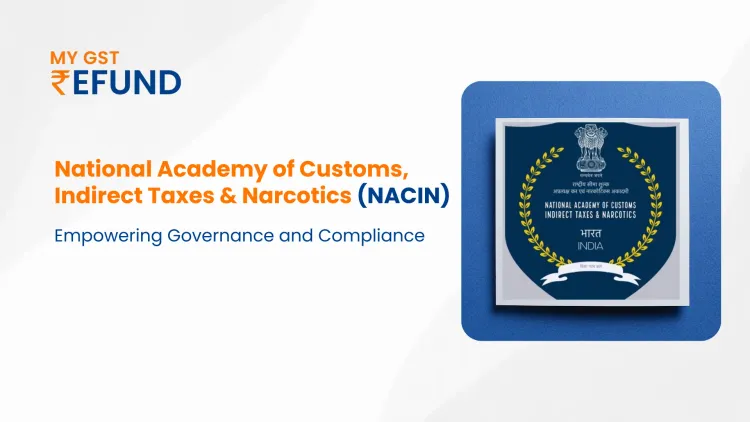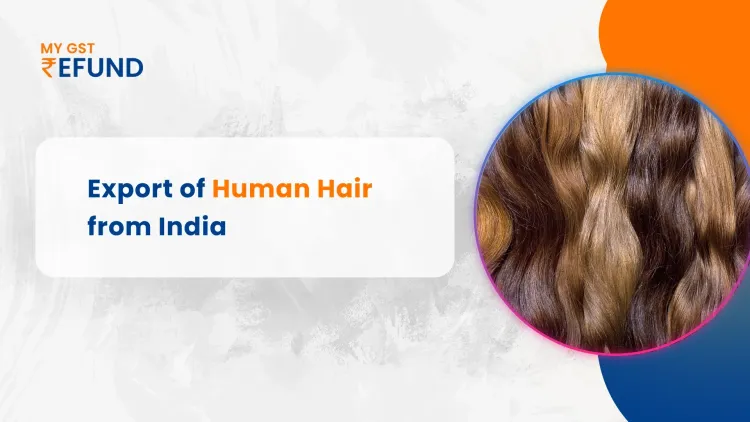The recent amendment to Rule 96(10) of CGST Rules 2017, brought through Notification No. 20/2024, is a significant change for exporters. This update simplifies the process of reclaiming GST refunds. It provides much more comfort in the process. Continue reading this article to understand the substantial shift in approach so that you can better manage your working capital and improve your export activities.
Key Highlights of the Amendment:
The Earlier Restriction: Exporters benefiting under various schemes such as the Export Promotion Capital Goods (EPCG) scheme, Export Oriented Units (EOU) units, Software Technology Park of India (STPI) units, or even engaging in merchant exports were barred from exporting goods on the payment of IGST with a claim for refund of the IGST paid. This was to prevent double benefits for the exporters.
Current Amendment: Exporters are now allowed to remit IGST at the export bills and then apply for IGST refunds. This is applicable even if benefits under EPCG, EOU, STPI, etc. have been availed.
The rationale for making amendments in provisions covering Rule 89(4A) and 89(4B) of the CGST Rules, 2017 is to ease the procedure for claiming refunds to the exporters making zero-rated supplies. Here is a summary of changes and reasons changes are made:
Key changes in Rules 89 (4A) and 89 (4B):
1. Omission of Separate Refund Mechanisms:
Exporters who claimed benefits under certain notifications, like EPCG, EOU, STPI or Merchant Export, for instance, were required to follow a separate procedure for refund of unutilized input tax credit (ITC) under Rules 89(4A) and 89(4B) of the CGST Rules. Such rules restricted exporters claiming such benefits from applying for a refund of taxes that were exempt. Addressing the previous provisions, Rule 89(4A) and 89(4B) have now been omitted, so there is no longer a difference between the beneficiaries of the scheme and those who are not.
2. Unified Refund Mechanism:
According to Rule 89(4) of CGST Rules 2017 there shall be a singular mechanism or process of granting refunds to all the exporters from the system, regardless of their status as to whether they have sought or not various benefits/exemptions set out in notifications like EPCG, EOU, etc. The practically applicable amendment eases the system since all exporters are now able to claim refunds of unutilized ITC by a single method, no matter whether they availed the benefits of the scheme or not.
3. Updated Refund Formula under Rule 89(4):
The formula for claiming a refund of unutilized ITC for zero-rated supplies (exports without payment of IGST under LUT/Bond) is:
Refund Amount = Adjusted Total Turnover (Turnover of zero-rated supply of goods + Turnover of zero-rated supply of services) ×Net ITC
Where:
Turnover of zero-rated supply of goods/services refers to the value of exports of goods and services.
Net ITC: Refers to the input tax credit available for refund.
Adjusted Total Turnover: Includes both zero-rated and taxable supplies.
Options Available for Refund as of October 8, 2024:
With this amendment, it can be seen that entities like EOUs, which utilize the benefits conferred under notifications allowing concessional rates on procurements (for instance, goods being imported at 0.1% GST), have instead two contours for claiming a refund:
Refund of IGST paid on export invoices:
Exporters can opt to pay IGST on their export invoices and then claim a refund of the IGST paid. This option provides quick liquidity as the refund process for IGST paid is generally faster.
Refund of unutilized ITC of inputs and input services under Rule 89(4):
Alternatively, exporters can claim a refund of unutilized ITC accumulated due to zero-rated supplies without paying IGST. The refund will be calculated using the formula provided under Rule 89(4).
Impact on Customs Duty Exemptions:
The amendment does not affect the existing customs duty exemptions on imported inputs under Notification No. 78/2017-Cus and 79/2017-Cus.
EOUs can continue to import goods without payment of customs duties, including IGST, under these notifications.
This ensures that the duty exemptions on imports for EOUs remain intact while simplifying the GST refund process.
Conclusion:
The refund process has now become less complex and more efficient for exporters. Regardless of whether an exporter has enjoyed benefits such as concessional rates or customs duty threshold limitations under some schemes, they, nevertheless, can have two options at this instance. One is to pay IGST on the exports and go for a refund; the second is an unutilized ITC refund under a unified mechanism that does not involve exports.
This amendment brings in more liquidity and reduces compliance costs for exporters without compromising perks granted by other duty exemption schemes.
Also Read:Rule 86B of GST
Related Posts








